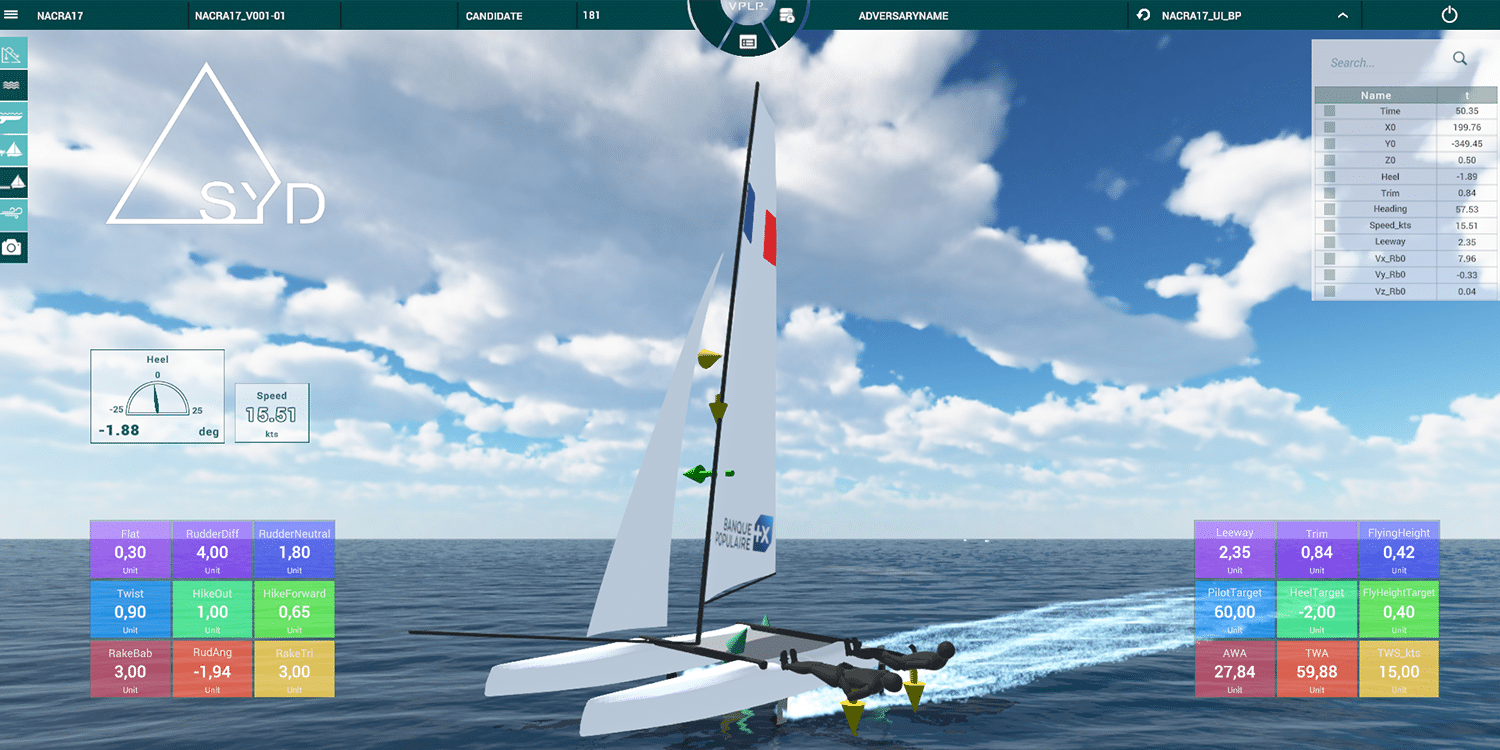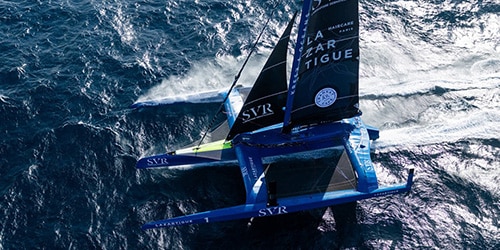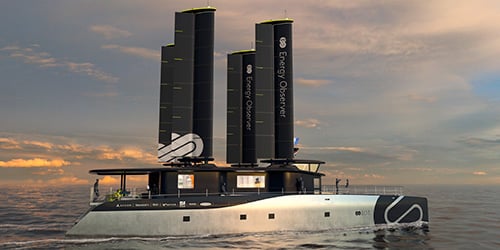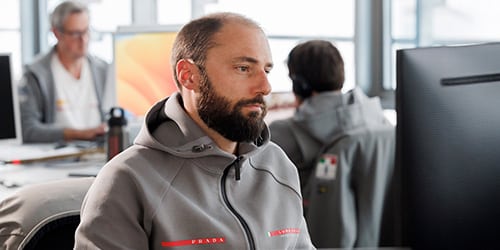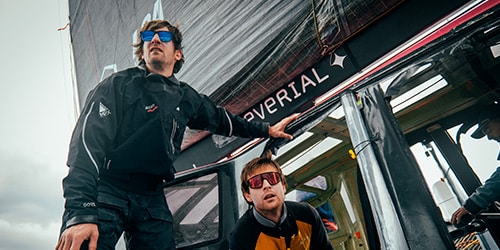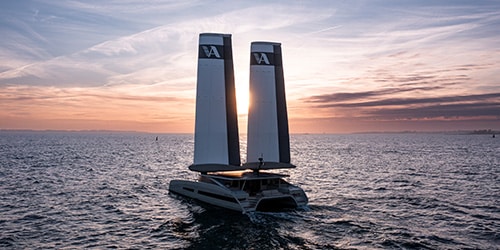In development at VPLP Design since 2017, the Simulation Yacht Dynamics (SYD) modelling system was recently used for projects involving France’s Olympic sailing team for the Paris 2024 Games. SYD also contributed to the Luna Rossa Prada Pirelli challenge for the America’s Cup (see above) and the powership Farwind. Xavier Guisnel, engineering coordinator, tells us more.
What’s the difference between SYD and the other simulators in the market?
Up until now, most of the simulators were developed as part of the preparations for the America’s Cup, for inshore sea conditions, where the swell is less of a problem. We focused on the behaviours of ships on the open sea in various conditions. Our models are as accurate as possible when it comes to all the physical phenomena that enable a boat to move forward, whether they be hydrodynamic or aerodynamic. For example, we did a lot of work on hull behaviour in the swell, and on calculations for appendages and their distortion under load.
How did SYD come about and how do you use it today?
Originally it was the subject of Paul Kerdraon’s PhD thesis, Modelling unsteady hydrodynamic phenomena on a racing trimaran on the open sea, which then led to the full development of a dynamic simulator. We were already using this type of tool, so SYD was a way of bringing this skill in-house. Today we use it foremost in our architectural work, to understand how boats work, and to make comparisons. Then we deploy the software on customer premises. This allows us to maintain contact with the teams and speak the same language – and their feedback is really interesting. There have been numerous occasions where we have been able to refine our designs, to tweak configurations and the stability of the boats. It saves a lot of time for everyone involved. Our ability to test physical models is a precious asset, and our ongoing development of the simulator ensures it will be able ready for the modelling challenges of tomorrow. For example, we recently added a ventilation model for appendages, which is a key consideration in certain situations.
Can you give us some examples of recent uses?
SYD has extensive scope and can be applied to Ultims and IMOCAs, large transport ships like the powership Farwind or the chase boat for Luna Rossa. The latter enabled us to test the flight control program being used by the Italian challengers, making a digital replica of the real system. Recently we provided support to France’s Olympic team as they prepared for the Nacra 17 event. This boat has an exceptionally low mass which makes everything more dynamic. The sailors found the simulator to be extremely reliable. It saved them time, in particular when it came to testing sail positions, and freed them from weather constraints.
How much does the simulator cost VPLP?
The initial outlay was several hundred thousand euros whereas the operating costs amount to the equivalent of a full-time salary annually. Four engineers work continuously on its development and update customer workstations twice a year. It has been a considerable investment but today we can feel that its scope for application is increasing in proportion to the gains we make in improving its reliability. Simulators are now part of the tool kit, everyone has confidence in them. The boat industry is trailing other sports in its use of simulators, in particular motorsports, but we’re slowly catching up!
